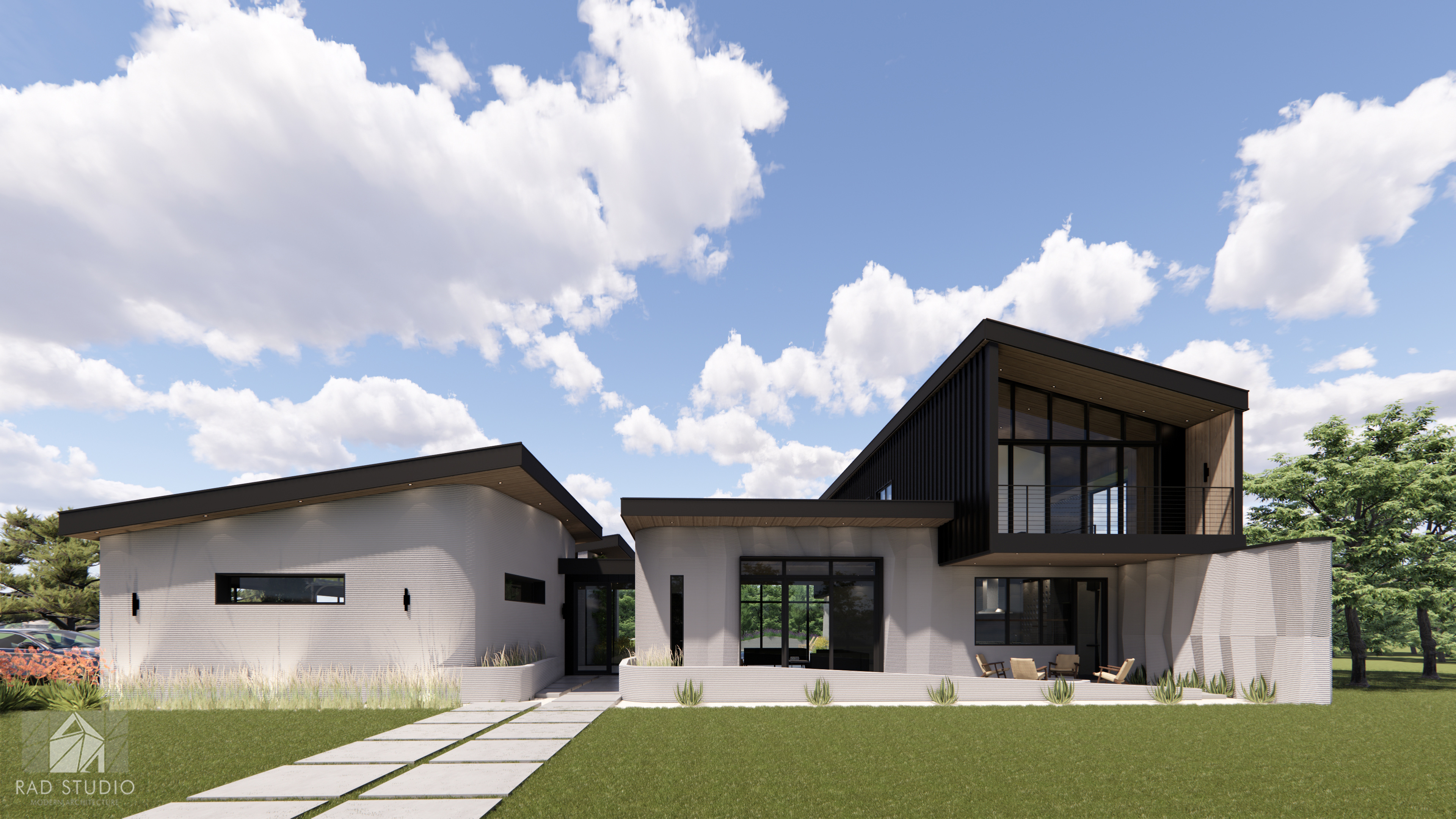INDUSTRY FAQs
We get it. There's a lot to learn about this new technology and industry. We're here to make things simple.
3D Concrete Printing, or 3DCP, is an innovative construction technique that uses automated machines to fabricate three-dimensional concrete structures layer by layer. Known as "additive manufacturing," this method builds objects by adding material layer by layer, unlike traditional manufacturing methods that involve cutting, drilling, or subtracting materials.
To begin 3D concrete printing, a computer-aided design (CAD) model is created to provide the machine with the necessary instructions for constructing the structure. The machine then deposits the concrete material layer by layer, following the precise design specifications. This approach allows for the creation of complex shapes and geometry that would be challenging to achieve using traditional construction techniques.
Implementing 3D Concrete Printing (3DCP) benefits the construction trade by plugging the labor gap that the industry has seen over the last several decades. For every five construction workers from past generations who are retiring, only one worker from the current generation enters the trade. This lack of labor slows construction and drives up prices. Without introducing technology into traditional construction, the trade will continue to face a shortage of workers to meet the current demand. We want to address these needs and raise the next generation of construction workers by partnering with technology already appealing to them, 3D printing. This benefits everyone, whether you have been in the trade for a long time or are just entering it.
Our home city of Redding, California, has been appropriately cautious and simultaneously enthusiastic about our endeavor. They have graciously worked with us to ensure that all necessary building codes are met as this new industry is being invented and continues to evolve. At this time, three other jurisdictions have also approved our building plans: Shasta County, Butte County, and the town of Paradise. We are very grateful for our current governmental partners and welcome future partnerships that can help benefit community needs across California, nationwide, and internationally.
Yes. Our Wildfire Restoration House was heavily scrutinized by the City of Redding Building Department before final approval. City engineers and our engineering consultants collaborated and found ways to apply this new construction method within the existing building code requirements.
Our Redding-approved plans have since been submitted in several other jurisdictions, where they have all ultimately received approval. Let us know where you want to build - we are confident we can gain approval in your locale!
Depending on location, California has different seismic zones. Our homes have been approved accordingly within the City of Redding, Shasta County, Butte County, and the town of Paradise. However, it is doable in places other than the currently approved jurisdictions, though we have yet to need to do so.
No. The construction industry is losing nearly 80% of its workers due to retirement and lack of replacement. 3D printing technology reduces construction costs and the labor hours needed, which can be leveraged to produce more homes. This technology is creating jobs for the future of the construction-technology industry by acting as a force multiplier to cover the labor gap the industry is facing.
There are several other ways we are utilizing this technology. Namely, we are collaborating on a project with the City of Redding. We are printing a “host” home for a qualified family who needs to benefit from subsidized housing in exchange for looking after certain things within the local park in which it is being built. This project is something that we are hopeful will add a greater sense of security to the area by having a presence on-site, in addition to benefiting the host family. Additionally, we are working on getting the world’s first 3D-printed church built. The design will be revolutionary acoustically and help these types of organizations and others out financially by providing a more long-term, cost-effective solution to their building needs.
One of the most incredible aspects of our homes is that the design options are nearly limitless because we are no longer limited to straight, square, and plumb. Curves, walls that slant in or out, floor-to-ceiling windows and doors, and diagonals are the new normal if you so desire. Designs previously unavailable using traditional construction techniques are now being utilized to accommodate everyone: i.e., workforce housing, affordable housing, etc. We can now bring high-end custom styles to a more affordable market, creating beautiful and dignifying homes for all. With 3D-printed concrete, we can do all of this, and you can still hang pictures, mount your TV on the wall, and plumb and electrify your home.
MORE ABOUT EMERGENT HOMES
This encapsulates the what, the where, and the why behind the actions and operations of Emergent.
An Emergent Home is a home that breaks free from "straight, square, and plumb" constraints. They have stunning natural beauty. Instead of shapes crafted by humans, they draw inspiration from the beautiful forms found in nature. Additionally, our homes leverage automation to build more quickly and accurately. Moreover, they are inherently more fire-resistant, energy-efficient, and longer-lasting than stick-built homes.
Our primary focus is to meet needs within the disaster recovery, workforce, affordable, and homelessness recovery housing. However, we also build custom homes and want to help reduce the nationwide housing crisis.
Yes. We have collaborated with the City of Redding to print host homes within local parks for a qualified family to receive subsidized housing in exchange for taking on specific duties within the park. This will create a greater sense of security in the area by having an on-site presence and benefiting the host family. While our first projects are residential, we will be doing more commercial construction in the future.
We are also working to develop the world’s first 3D-printed church. The design for the church is acoustically revolutionary and will help these types of organizations and others financially by providing a more cost-effective solution to building needs.
Yes, we are committed to collaborating with other communities to see that they, too, can recover from natural disasters and the current housing crisis. Emergent owner, Don Ajamian, has had the opportunity to present this technology to leadership from 37 other counties within the state of California.
Additionally, we have partnered with the Laborers’ International Union of North America (LiUNA!) to help identify labor teams within other communities across the state and nation, creating jobs and fulfilling projects by training locals with our equipment.
There is a nationwide housing crisis, with a need for more than 3.8 million homes at this posting. Our builds can more efficiently aid in disaster recovery efforts for families in need, cutting the delivery time for a home by close to 30%. Additionally, because we utilize concrete, we can provide these families with more disaster-resilient homes. Lastly, Emergent Homes allow for nearly infinite design opportunities.
GETTING PRACTICAL
Your dream. Our team. Let's make it happen.
Because our homes are made of concrete, they are fire-resistant. Certain parts of California are Wildland-Urban Interface (WUI) areas, which are especially prone to wildfires. Our goal is to rebuild these areas. Because of this, we have decided that, as a company, regardless of where we build, all our homes will meet the specific standards for building that a WUI home necessitates.
Yes. Amid the many recent California wildfires, finding adequate and affordable insurance for families has been a challenge. Although some forms of insurance are offered by the government covering fires and floods, this option is often unaffordable. Site-specific factors also make obtaining private insurance unaffordable. Because of their fire resistance, our concrete homes have been well-received in the private insurance market. We hope that, as a result, other entities will adopt similarly sufficient coverage at a lower cost.
Yes, many things can be customized in an Emergent Home. No, not everything in your home must be concrete. We can still include many of the same inviting features found in a traditionally built home. Stuck on stucco? So are we. Can’t get enough wood paneling? You got it. If there are certain design aspects that you would like included in your home, those can likely become a reality through the design process. However, certain additions may impact your home’s compliance with Wildland Urban Interface and other regulations.
There are many "peel and stick" picture-hanging products on the market. Most of these will work fine for pictures. If it's something heavier, like a flat-screen TV, concrete screws can be installed into the wall.
Every wall has two printed layers or “faces" and an air gap in the middle. The air gap is used for plumbing, electrical infrastructure, and insulation at the exterior walls.
Even with the implementation of this new technology, printing a home is still a construction project. Nevertheless, we estimate a 25% time savings on the building schedule and a 29% savings in energy efficiencies, such as decreased heating and electrical bills. There will be opportunities to increase these savings as we expand from primarily printing walls to printing foundations and implementing other construction technologies. We are also happy to announce that Fannie Mae and Freddie Mac have recently approved our homes for conventional mortgages and building, further reducing costs to homeowners.
The total construction cost for an Emergent Home depends on many variables: geographic area, selected finishes, overall design, etc. Currently, we are averaging about the same cost per square foot as a similarly finished home using conventional construction.
This will vary based on the design and size of the home. It is possible to save several weeks to several months using this building technique. One primary source of time savings is that the printed walls can be used for the structure, exterior, and interior finish. Depending on the project's design, much time can be saved since there may be a reduced need to add finishes to the printed wall.


